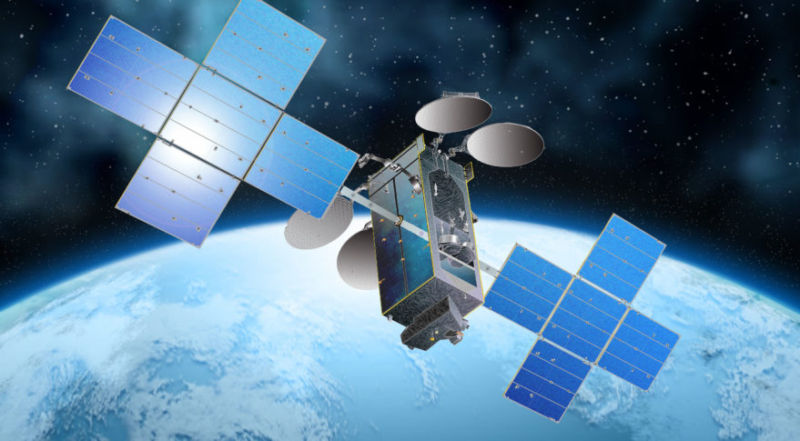100 MB/S Satellite Internet Service in 2021
Launching a New Satellite
HughesNet already offers the fastest consumer satellite internet service in the United States. The ISP isn’t finished upgrading its system, though. On August 11, it announced plans to launch a new satellite to enable download speeds of 100 megabits per second (100 MB/S).

The company said its new satellite will be operating in early 2021, and will be dubbed Echostar XXIV. HughesNet says the new bird will serve “key markets” in the U.S., Mexico, Brazil, and several other countries in South America, doubling the company’s Ka-band capacity in the Americas. The 100 MB/S service tier will be available where HughesNet currently offers Gen5 service.
Following Gen5
In March, HughesNet inaugurated what it called the Gen5 service platform. Since, then, it’s been moving subscribers into Gen5, which offers download speeds of 25 MB/S.
This is the the fastest speed available with any satellite internet service.
Peter Gulla, HughesNet’s SVP of marketing, spoke to Multichannel News last week. Gulla said, “Right now, it (25 MB/S) seems to be meeting the needs of our customers. But that doesn’t mean that’s the end of the line.”
Hughes has offered its internet services primarily in rural areas. It plans, though, to move into some suburban and urban markets where DSL service is weak.
About HughesNet:
HughesNet has provided satellite-based communication services for more than forty years. It serves government residential, and commercial clients, chiefly in the U.S.
In March 2017, HughesNet became the first satellite internet system to offer FCC-defined broadband service from coast to coast. Its Gen 5 tier operates at download speeds of 25 MB/S and upload speeds of 3 MB/S. With Gen5, the company offers integrated modems with built in WiFi. All Gen5 plans include 50 gigabytes of Bonus Zone capacity for use between 2 a.m. and 8 a.m.
The FCC has ranked HughesNet first among all major ISPs for consistency in reaching advertised speeds. This ranking is for all ISPs, not just satellite.
About Satellite Country:
Satellite Country is one of America’s largest retailers of TV, internet, home security, and home automation services. It has been in business since 1999. Satellite Country offers a full range of home services, and can find the best deals available where you live.
(For the internet service that’s best for you, talk to us. We can help.)









